Venue: Ancestral Health Symposium (AHS) 2016, University of Colorado Boulder
Presentation Title: “Food Choice & Vision Loss: Is Age-Related Macular Degeneration Preventable?”
Date: Friday, August 12, 2016
Dr. Knobbe’s Presentation Transcript and Slides
“Today, ladies and gentlemen, you’re going to hear a profound and revolutionary hypothesis — that age-related macular degeneration is not only entirely preventable, but may be reversible in the early stages, with diet — with an ancestral diet.
Age-related macular degeneration, or AMD, is the leading cause of irreversible vision loss and blindness in developed nations. So, keep in mind we’re talking about a condition of irreversible vision loss.
So right off the bat, let me ask, does anyone here know the lifetime risk of developing AMD in the United States, today?
(Crowd Participant: ‘Sixty percent’)
Close. Nearly one out of every three adults over the age of 75 is currently affected with AMD. But this isn’t just a disease of the elderly.
In fact, one of eleven people over the age of 50 also has AMD, worldwide. And, in fact, now we’re seeing this disease in people in their 40s and even late 30s. So this is a global epidemic — hitting people at younger and younger ages.
Now, it gets more interesting. Does anyone know the lifetime risk of developing AMD anywhere in the world, back in 1900?
(Crowd: Inaudible)
Two percent he said. Take a look. It’s approximately zero. One in many thousands.
So how did we go from one in many thousands to nearly one in three [affected] in just about 70 years, because that’s what happened?
That’s the question I want you to ask yourselves as we go through this today.
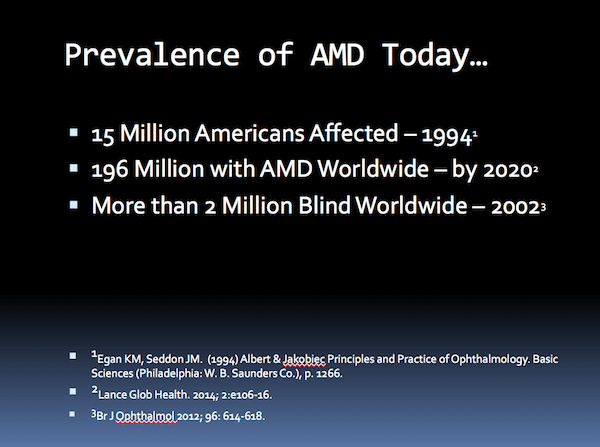
By 1994, it was estimated that 15 million Americans were affected with AMD in the United States. One-hundred-and-ninety-six million people are expected to be affected, worldwide, by 2020. So we’re really close to that number.
The World Health Organization (WHO) determined that, by 2002, more than two million people were blind — both eyes — as a result of AMD.
So that means, instead of having vision like this, on the left, their vision was more like that on the right. So these people have huge central blind spots. They can’t see to read, to drive, they can’t see their children or grandchildren’s faces because of macular degeneration.
Now, of course, this is the worst case scenario. This is only about one percent that are blind in both eyes — thank goodness. But, about 15 to 20 percent will have advanced vision loss in at least one eye and the other 80 percent are split up between those with mild and moderate vision loss.
Now, I’m an ophthalmologist and my specialty of ophthalmology has made some version of this statement for many decades.
The etiology of macular degeneration is unknown. We don’t know what causes it.
So if we don’t know what causes it, we certainly can’t prevent it, right? And we’re really not very good at treating this either — and I’ll come back to that in just a moment.
So this is the hypothesis that I’ve proffered — and I want you all to consider. It goes like this: The ‘displacing foods of modern commerce’ are the primary and proximate cause of AMD.
And the corollary is that any type of ancestral diet will not only prevent, but may treat, early and intermediate stages of AMD.
So I’m presenting this to you today, number one, because one hundred and ninety-some million people are losing vision to this disease around the world — and I believe all of that is preventable. And number two, we have a lot of experts in nutrition here and I want you to evaluate this. I want to know what you think about this hypothesis.
So let’s take a look at the healthy eye. This is the healthy macula. This (pointing at the macula area) is just 6 millimeters across — about a quarter of an inch — and accounts for your central 21 degrees of vision [miss-speak, Dr. Knobbe meant 10 degrees]. This is the optic nerve over here, this yellow disc — just for reference. This is a good-looking eye — would be consistent with good vision.
And this is dry macular degeneration. So we see drusen — these metabolic deposits that accumulate in the center of the macula. And this would be consistent with some early vision loss, maybe down to 20/25 down to 20/40 — somewhere in that range.
This is wet AMD. So this is a more advanced stage. We see hemorrhages, you see exudate. In this scenario, what’s happening is that vessels are growing up underneath the retina, breaking through, leaking and bleeding and causing havoc. So this is headed for disaster. Again, about 15 percent of patients are in this scenario.
But, all cases — virtually all cases — begin with dry AMD.
So let’s talk about the treatment for dry AMD.
This is, collectively, what ophthalmologists and optometrists agree on. Four things: Synthetic vitamins, dark, leafy green vegetables, exercise, and we tell these people not to smoke.
Now, I agree with all of these with the exception of the synthetic vitamins and I’m going to show you why.
But, I’m going to tell you right now that I believe a whole food based, ancestral dietary strategy, would be vastly superior to these vitamins.
But, let’s take a look. So we’re going to delve into these vitamins because they’ve been recommended by ophthalmologists and optometrists based on one study, since 2001.
So, first question: Do synthetic vitamins prevent AMD? Anybody know?
The answer: Not in a single study.
In fact, the Cochrane Collaboration looked at this in 2012. They looked at all the studies that had been done. They said, “People who took these supplements were not at decreased (or increased) risk of developing AMD.”
So, next question: Do synthetic vitamins prevent or slow progression of existing AMD?
So once somebody has the disease, do the vitamins help then?
Well, there’s been 13 studies done in this regard. Twelve of those thirteen randomized controlled trials found synthetic vitamins provided no benefit in terms of slowing progression. One trial found a benefit. That’s called the AREDS trial. Let’s take a look at that real quick.
Now the AREDS trial is the Age-Related Eye Disease trial and in this trial, which was a good trial — about 3600 people, I believe — it lasted for 6 years.
One of four people with AMD had a benefit in terms of slowing progression of disease. But that means three of four had no benefit at all.
And in another study by Carl Awh and colleagues, 13 percent of those people consuming these synthetic vitamins were worse. They had a more than doubling of progression of their disease.
So, 25 percent are better. Thirteen percent are worse. How much good are we really doing these people?
So let’s go back to this hypothesis: The ‘Displacing Foods of Modern Commerce’ Are the Primary and Proximate Cause of AMD.
So, where did I come up with this term, ‘displacing foods of modern commerce’? Many of you familiar with that term?
No? Okay. That term comes from Weston A. Price. So, for those of you who don’t know him, Weston A. Price was a highly accomplished scientist, researcher, and dentist who, in the 1930s, traveled the world for a decade, evaluating people on five continents, fourteen major populations, hundreds of tribes and villages, thousands upon thousands of people, in attempt to determine what it was about diets that kept people’s teeth healthy.
And although dental health was Price’s primary concern, his secondary concern and interest was general physical health and physical degeneration, as it related to diet.
And it turns out that, no matter where Price went, he found people that looked like this:
Healthy, vibrant people — brilliantly healthy, straight teeth, about 99.7% cavity-free, and these people enjoyed immunity to degenerative diseases like arthritis, cancer, heart disease, type 2 diabetes, and even tuberculosis, as long as they continued to consume their native, traditional diets.
But, as soon as these people began to consume what Price called the ‘displacing foods of modern commerce,’
which he defined as, ‘White flour, sugar, canned goods, sweets, confectionary, and vegetable oils,’ the next that happened to these people was —
— dental decay — like these two ladies on the left. Now, but again, this was followed by degenerative diseases like arthritis, cancer, loss of immunity to infectious diseases like tuberculosis.
Now, all three of these ladies are Australian Aboriginals. The two on the left were consuming the ‘displacing foods of modern commerce.’ The young lady on the far right continued her native, traditional, Aboriginal diet.
And this is the scenario that played out in Price’s research on five continents, thousands and thousands and thousands of times, again and again — incontrovertible evidence that this was true.
So, well what can we say about these ‘primitive’ ancestral diets?
First of all, you could say that there was dozens of different diets — maybe hundreds of different diets depending on how you would want to classify them.
Macronutrient ratios did not matter. High fat, low fat, high carb, low carb, high protein — none of that made any difference.
Nutrient density is what was critical.
These were all diets of plant and animal origin and all of these contained ‘sacred’ foods. So these ‘sacred’ foods were rich in fat-soluble micronutrients, which is primarily vitamins A, D, and K2. And they were foods like fish eggs and liver, for example.
So Price sent back thousands and thousands of samples of these foods from native peoples all around the world to his labs back in the U.S. and had them analyzed.
And what he found was that these diets contained 10 times as many fat-soluble vitamins, which was A, D and K2, primarily, 4 times as many water-soluble vitamins, which is all the B-vitamins and C, one-and-a-half to 60 times more minerals than did the American diets of his day — and that was the 1930s.
Now, I assure you, we’re consuming far more processed food today than they had available in the 1930s.
But, we believe we can just replace all of these vitamins with synthetic vitamins and fortify our foods, right? I mean, we’re a pill-popping culture. And we’ve believed for a long time that we can be healthy consuming these synthetic vitamins. But, does this make sense?
So the Cochrane Collaboration looked at this again — 2012. They evaluated 78 trials, I believe it was right around 278,000 people that they had followed, and confirmed a higher death rate from all causes for people consuming these synthetic vitamins. So — relative risk, 1.04-fold.
So not only are we not as healthy consuming these synthetic vitamins — we actually die a little sooner.
This would include the AREDS formula vitamins that we’ve been recommending for our patients to take for their macular degeneration. Those are just vitamins E, C, beta-carotene, zinc, and copper was in the original formula.
Now, following Price’s research, much other study would eventually firmly connect the dots between processed food consumption and all of these diseases of Western civilization — heart disease, stroke, diabetes, cancer, metabolic syndrome, osteoarthritis, Alzheimer’s disease, obesity, autoimmune disease, and more, right?
I know a lot of you already know this.
I learned this concept back in 2011. This concept about processed food and Westernized disease.
In 2013, I asked myself this question —
As an ophthalmologist, this is what I thought, ‘Could macular degeneration be another disease of Western civilization?’ Might it be a disease that just follows processed consumption?
So let’s try to answer that.
So here’s the risk factors for AMD as we ophthalmologists and optometrists know them: Aging and Genetics. These are the big two.
But, we also know that AMD has been associated with heart disease, type 2 diabetes, metabolic syndrome, obesity — notice I’m naming diseases of Western civilization? And this is what I’l submit to you, is that AMD just follows with these diseases because they’re all caused by the same thing. And we’re going to take a deep look at this here just shortly.
But back to the question. So could macular degeneration, though, just be a disease of aging or genetics? I mean, is that possible?
If so, then the prevalence of AMD should have been the same in 1920 as it is — as it was — in 1975, right? Unless you want to argue that our DNA changed in 55 years. Right? Okay, so let’s try to answer that.
So here is the questions again, and this is what I asked myself back in 2013: Was AMD always so prevalent? Like I think we ophthalmologists thought it was? And, in fact, when could ophthalmologists even see the macula?
Like typical physicians, we don’t investigate the history of even our own specialty.
So, I went on a long hunt to find answers for all this, because most of it had never been researched.
So when could ophthalmologists see the macula? 1851 — Because of this man.
Hermann von Helmholtz. So von Helmholtz was a German physician and physicist — a brilliant man — who, at the age of 29, designed the ophthalmoscope. This little device that we use to look into the back of the eye, you know?
And here it is.
He published this design in 1851.
Within a decade this technology had spread all around the world.
So ophthalmologists were seeing the macula right and left, and, in fact, beginning in 1855 they started producing atlases of the fundus — that’s the back of the eye. So they’re seeing the macula, constantly.
And, in fact, they produced many atlases between 1855 and 1870. None of those atlases had an image of macular degeneration, which is the most common retinal condition that we see today.
In fact, it would be 23 years before the first ophthalmologist would even discover macular degeneration.
Eighteen-seventy-four (1874), this man, Jonathan Hutchinson, ophthalmologist from London, England — he described four cases in a study.
Eleven years goes by —
— and this man, German ophthalmologist, Otto Haab, discussed macular degeneration, briefly, in a lecture.
Another decade goes by. Eighteen-ninety-five (1895), Otto Haab published a study in which he had evaluated 50,000 ophthalmic patient medical records, and determined that macular degeneration was as rare as myopic maculopathy and traumatic maculopathy. These are both extremely rare conditions. I’ve seen a handful of these in 24 years of ophthalmology practice.
Nineteen-twenty-seven (1927), this man enters the picture.
Sir Stewart Duke-Elder. Duke-Elder was a British ophthalmologist, London, England. He would become perhaps the most esteemed ophthalmologist — the most dominant force in ophthalmology — for about the next forty years or so.
Nineteen-twenty-seven (1927) — published his first comprehensive textbook of ophthalmology: 340 pages — not a single word regarding macular degeneration. Not a word.
And yet, thirteen years later, in 1940, he published his next textbook of ophthalmology. And in this one, he dedicated 13 pages to the condition of macular degeneration, 17 images, six of which were in full-color, and he called macular degeneration ‘a common cause of failure in central vision in old people.’ That’s a quote.
So in the 1920s he wasn’t seeing macular degeneration but in the 1930s, he was.
Framingham Study — 1973-1975: Now, 8.8% of Americans over the age of 52 now have macular degeneration — and 27.9 percent of those over the age of 75 have this disease.
So a condition that wasn’t worth mentioning in a comprehensive textbook of ophthalmology 48 years earlier — is now an epidemic.
How do we account for this? Diet. Right?
Anybody think diet?
So let’s talk about not just the U.S. diet, but the world’s diet. Now, I’m a big-picture guy, and I’m just going to talk about — I have about four minutes to tell you the world’s diet — what I see about it.
Four major processed foods that changed the dietary landscape of the world, forever: White flour, sugar, vegetable oils, and trans fats.
Okay? We’re just going to look at those.
So, three of these processed, nutrient-deficient foods were introduced between 1880 and 1911.
So, the first? White flour. The reason being is because wheat was ground on stone mills until 1880. Eighteen-eighty (1880), roller-mill technology replaced stone mill technology. And roller mill technology could shear away the bran and the germ — removing B-vitamins, E-vitamins, fiber, minerals, omega-3 and omega-6 fatty acids — now we’re left with a nutrient-deficient food, right? That’s what we call ‘refined white flour.’
Today, twenty percent (20%) of the world’s diet is wheat. In the United States, 85.3 percent of that is refined white flour. Loren Cordain’s group has shown this.
Our second processed, nutrient-deficient food — vegetable oil. The PUFAs — the polyunsaturated fatty acids — also introduced in 1880. So manufacturers determined that year, that they could take cotton seeds, which were a waste product — they could crush them, heat them, run them through a hydraulic press under high-temperature and pressure — take that then, treat it to a petroleum derived hexane-solvent bath, steam it, de-gum it, alkalinize it, bleach it, and deodorize it, all chemically, and now we’ve got something they say is good to eat.
Sound appetizing?
(Crowd laughter)
They tell us these are healthy.
I think they’re the worst possible thing in our diet – bar none. Mostly because of the dose. These are highly oxidized, dangerous substances when they end up in the bottle, and when you cook with them and you metabolize them they oxidize further — and now they account for 24 percent of our caloric consumption in the United States.
So let’s take a look at this.
Now this is from our research. My colleague, Marija Stojanoska, MSc, produced all of this — gathered the data and produced these kinds of graphs. So, you can see, this is vegetable oil consumption in the United States. From 1880 forward all the way up to about 2012.
So in 1900, we consumed about 2 grams of vegetable oils per day. By 2012, we’re up to 80 grams a day.
Do the math — that’s 720 calories worth per day — on average. Right?
Now, in 1900 — go back here [pointing at the graph] 99 percent of our added fats were animal fat: lard, butter, and beef tallow. By 2005, 86% of our added fats were vegetable oils. And it’s only gotten worse.
Now, go back to this graph again. Nineteen-hundred (1900), we had no AMD. We also had no heart disease. They were both extreme medical rarities.
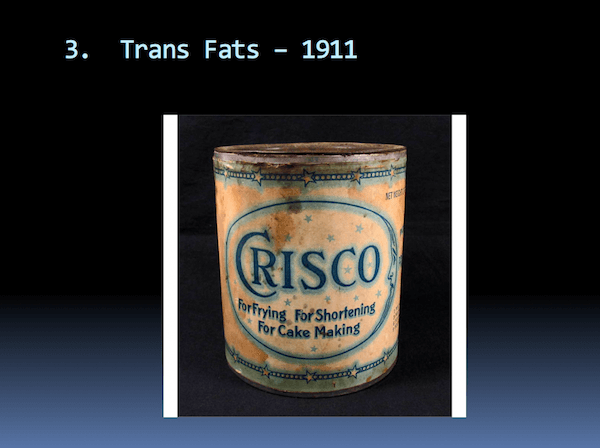
Okay, our third nutrient-deficient, processed food and, in this case, very toxic food — trans fats — introduced by Proctor & Gamble with Crisco, in 1911.
All I’m going to say — everybody here knows that these are disastrous for our health — a metabolic disaster waiting to happen. We’ve consumed hundreds of billions — I think it’s trillions of pounds — of this toxic, dangerous, invented food since then.
Now, trans fats have been removed from FDA’s GRAS status — the Generally Recognized As Safe status — June 16th, 2015; three years for manufacturers to remove these, but guess what? They’re not going away, because polyunsaturated vegetable oils contain up to 4.6 percent trans fats — 1.1 percent, on average.
So unless we get rid of the polyunsaturated vegetable oils, these aren’t going away either.
Now, just while we’re here, ten (10) studies have found a higher risk of AMD development or progression with vegetable oil consumption and trans fat consumption, and this was before our research. Ten studies connecting AMD with these two foods.
Now — our fourth nutrient-deficient, processed food — sugar. So, now this is our data, but I want to quote Stephan Guyenet’s research here. Dr. Guyenet showed us several years ago that we consumed 6 pounds of sugar, per person, per year in 1822, rising to nearly 108 pounds per person, per year, by 1999 — a more than 17-fold increase in sugar consumption. Right?
So, put the four of those foods together — white flour, sugar, vegetable oils, and trans fats — and you have 63 percent of the U.S. diet — the yellow ‘slice’ of our American pie right there.
Four processed foods with virtually no micronutrients, no vitamins or minerals at all with the exception of a small amount of vitamin E in the vegetable oils. And we’ve barely even touched on the toxicities.
This is the recipe for metabolic disaster. Right? You all know this. It’s the same recipe for AMD and I’m going to show you that next.
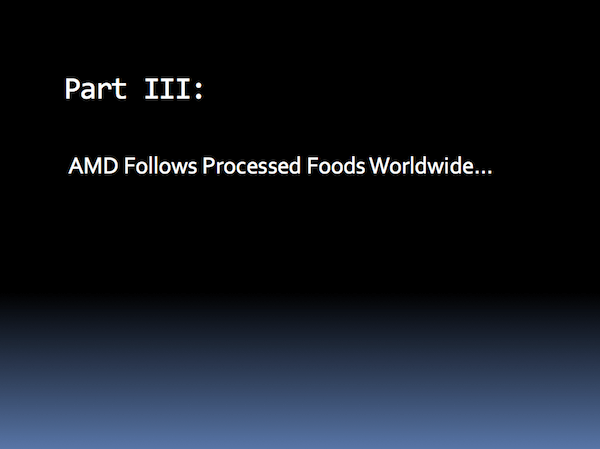
So, now you’re going to see that AMD follows processed foods, worldwide.
Now, we used two processed foods, sugar and vegetable oils, as proxy-markers for processed foods. Now, sugar is a well-known proxy-marker of processed foods because it’s in 74% of the 600,000 food items available in the U.S. Sugar also accounts for 21 percent of the American diet.
Vegetable oils represent 24 percent of our food consumption and, therefore, may represent even a bigger part of our processed foods.
So the two together, just sugar and vegetable oils — 45 percent of U.S. caloric consumption — but probably tracking more than 90 percent of processed foods.
So let’s see what happens when we track processed foods and AMD.
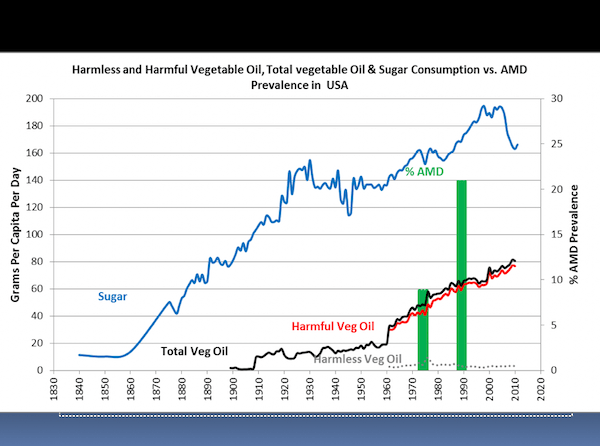
So, now this is sugar and vegetable oils versus macular degeneration in the United States. And you can see sugar in the blue and total vegetable oils in the black, down here [pointing at graph], split out as ‘Harmful Vegetable Oils’ in the red. Okay, because almost — uh, harmful vegetable oils is the polyunsaturates, okay and you can see that almost all of our vegetable oils are polyunsaturates.
Now we see AMD in the green bars — 8.8 percent in 1974, 20.9 percent in 1990.
Now, we knew had an epidemic here recently, right? But take a look at this graph: from 1850 to 1930 is when we didn’t have any AMD. Right?
And notice that for the first 60 years of that, we had no vegetable oils. Now what gets really interesting is that — so we started consuming a lot of vegetable oils in 1909 and look at the sugar consumption going way up. So by the 1930s in the U.S. and the U.K. we started getting macular degeneration in small numbers.
Alright? And so by the 1950s, ’60s, somewhere in here [pointing at the graph], we’re already at epidemic proportions.
What this shows is that, after you consume these foods for about 30 to 50 years is when AMD hits.
Alright? That is the incubation period for this disease. That’s how long you have to consume these foods for it to hit. It’s just like heart disease. This is what we see in 22 nations — again and again.
Okay next — Japan.
So take a look at Japan here. This is the quintessential nation to illustrate this entire concept. So take a look at their sugar consumption — 50 grams a day back in 1961 rising up to about 80 – 90 grams a day, most of the time since. Now look at the harmful vegetable oils — this is the polyunsaturates — 10 grams a day back in 1961, elevating nearly four-fold to about 40 grams a day by around 2000. Now look at the macular degeneration — 0.2 percent, 1974 to 1979, rising to 11.4 percent in 2007 — a 57-fold increase in the prevalence of macular degeneration in less than 40 years!
Now how are we going to explain this with genetics and aging?
But you can see what changed. Sugar and vegetable oils, right?
Now I want to tell you something. When I was a resident in the early ’90s, we looked at the Japanese and their lack of AMD, and you know what we said? ‘They’re genetically protected. They don’t get this disease.’
Well, what are we going to say now, with 11.4 percent of them [getting the disease]?
You know what they did? They Westernized their diet and anybody from Japan can tell you that.
Okay let’s look at Nigeria, Africa. Here you go. You can see right off the bat — look at their sugar consumption in blue — very, very low — less than 20 grams a day a lot of the time. Look at their polyunsaturated vegetable oils in red — 5 – 10 grams a day since 1961 — very low. Now look at their macular degeneration — 3.2 percent, in 2004. That pales in comparison to our 20.9 percent macular degeneration [in the U.S.], right? And it should, because they’re consuming far less processed foods.
Right? But, this gets a lot more interesting, because this 3.2 percent — this was in Onitsha, Nigeria. Onitsha, Nigeria is a metropolitan population of 1.1 million people. You know what they have access to there? Grocery stores — processed food.
Okay, now take a look at this little tiny blip that I can barely see, right over here at 2007. That represents a 0.1 percent prevalence of AMD. That was in Southwestern rural Nigeria. Guess what they don’t have access to there? Grocery stores — processed food — exactly. They can’t get — they’re consuming a native, traditional diet.
Now, these are obviously African people of Nigeria. And keep that in mind, because let’s look at the next nation, Barbados.
So Barbados is a 97 percent African population. And first of all, I want to tell you, this is a mecca for processed food and I’ll tell you why. Because they import almost all of their food. This is very similar to Greenland and Iceland. Nations that import a lot of food like this is a potential recipe for disaster, because it’s all coming from Big Food manufacturers.
So take a look at their sugar consumption — 140 to 180 grams a day — more than four times the World Health Organization’s recommendations for sugar. Look at their vegetable oils — 20-some grams a day since the 1970s. And before I even get to the AMD, let me just mention this: Researchers have said that Barbados has a ‘World profile of metabolic disease’ — metabolic syndrome, type 2 diabetes, hypertension, obesity, heart disease, all of that, right? Well, of course they would — eating like this! That’s exactly what happens.
Okay, so now look at their macular degeneration — 24.3 percent — 243 times greater than the Africans of Southwestern rural Nigeria who can’t get processed foods.
Would anybody want to tell me this is about genetics, or aging?
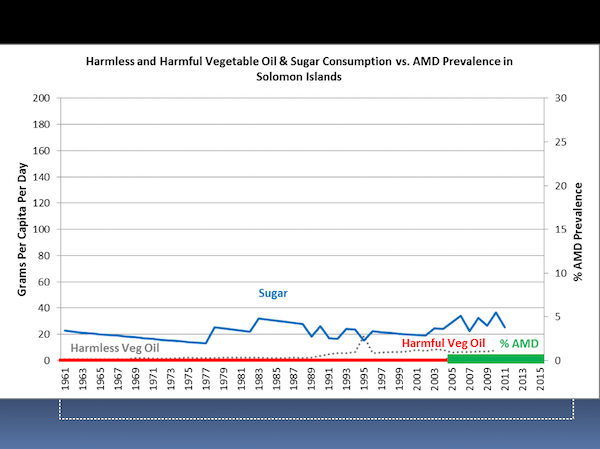
Okay, Solomon Islands, South Pacific — This is a population of 630,000 people. Take a look at their sugar consumption — extremely low, what, about 20 grams a day or so. Now look at their ‘harmful vegetable oils’ in the red — zero, from 1961 forward. Now look at their macular degeneration — 0.2 percent for the last decade.
This population of 630,000 people has three ophthalmologists. These ophthalmologists collectively see about one macular degeneration patient every two months. I don’t think I ever went more than two hours without seeing a macular degeneration patient. American ophthalmologists often see five, ten, or twenty macular degeneration patients a day. In fact, our prevalence of AMD [in the U.S.] is about 104 times — as high as 104 times greater than what it is in the Solomon Islands. You can see the difference — sugar and vegetable oils.
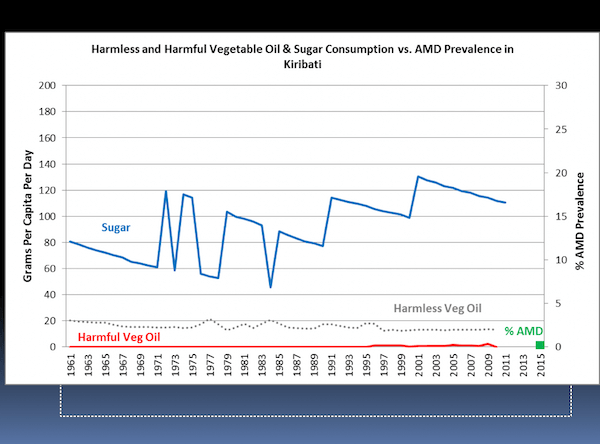
Okay finally, last nation to look at — Kiribati. Kiribati is an island nation 1200 miles directly south of Hawaii, 113,000 population. Take a look at their sugar consumption — uhm, moderately high — 60 up to 120 grams a day, bouncing around. Look at their ‘harmful vegetable oils — Zero since 1961. Now look at their macular degeneration — 0.2 percent, just like the Solomon Islands.
This population of 113,000 people has one ophthalmologist — Rabebe Takeroi. Last year, in 2015, he saw two patients with macular degeneration the entire year! Two.
What’s the difference? In this case? Vegetable oils.
In conclusion, ladies and gentlemen, AMD was a medical rarity from 1851 to 1930 — no question. By the 1970s it was an epidemic in the U.S. and U.K. By 2015, 190 million people affected worldwide.
What changed?
Well, you know what changed.
The ‘displacing foods of modern commerce,’ is what changed.
Now we have evidence for proximate cause because the processed foods in 22 nations — if you could see all of our data — always comes first. It’s never the other way around.
Second, there’s a temporal relationship — you’ve seen it. You consume these foods for 30 to 50 years — macular degeneration begins to hit. Consume them for 50 to 60 years — you’re at epidemic proportions usually, if the dose is ‘correct.’
Third, there’s a dose-response relationship. You’ve seen it. More processed food — more AMD.
Finally, if you look at all of our data together, I believe the relationship between processed food and AMD is nearly a mathematical certainty.
Now, of the processed foods, the polyunsaturated vegetable oils are the greatest contributor to AMD.
These are biological poisons.
They’re the single greatest contributor to irreversible blindness, in my opinion.
These are blinding people.

Ladies and gentlemen, if you believe this hypothesis has validity, I’m asking you to spread this message — because a hundred-and-ninety-some million people are losing vision to this disease, and another 90 million expected to by 2040.
I believe every last bit of this is preventable.
For more information, come to our website, CureAMD.com [formerly, now CureAMD.org]. We have a book available, which regards dietary prevention and treatment of AMD through ancestral dietary strategy.
I want to thank the Ancestral Health Society and I want to thank all of you.
It’s been an honor and a pleasure. Thank you.”
(Applause)
Question and Answer Period
Aaron Blaisdell, PhD (Conference Monitor): “We have a few minutes for questions from the choir.”
Presentation Attendee: “You suggested in the beginning that, uhm, there might be a point at which reversal could not happen, based on diet. And I was wondering if that was related to whether it had progressed to wet macular degeneration. Is that the point at which you do not think diet can reverse this?
Dr. Knobbe: “Yeah, great, great question. And that’s the first question that I would have asked. Uhm, so in macular degeneration, you lose retinal pigment epithelial cells and then you lose photoreceptors. The photoreceptors are the rods and cones. So once those are gone, they’re gone forever, because we only get one set of those. They’re just like brain tissue. So now I’ve definitely seen macular degeneration reverse, and I’ve seen nine patients fully reverse early macular degeneration, just by cleaning up their diet. I didn’t have anything to do with it because I didn’t understand it back then. But, whatever you’ve lost is generally, in terms of vision, is generally lost for good. But, you can stop the process, no question. I think you can stop the process — reverse the process of AMD development — and halt the progression.”
Presentation Attendee: “Thank you very much. That’s absolutely obvious and, you know, and I’m thinking ‘why didn’t anybody think of it before?’ What do your colleagues think of this?”
Dr. Knobbe: “You’re my colleagues! (Audience laughter) I discussed this with only a few colleagues. This is the inaugural presentation of this. Hopefully, they’ll want to hear me one day.” (Audience applause)
Presentation Attendee: “Thank you so much for the talk. No doubt that whole foods beats supplements, especially when people have them early in life. Uh, I have a question. How about juvenile macular degeneration. I know it has a stronger genetic component, but does nutrition interact with genes by any way to prevent or lead to the progression of the disease?”
Dr. Knobbe: “Uh, which disease?”
Presentation Attendee: “The juvenile macular.”
Dr. Knobbe: “Oh, juvenile macular degeneration. Well, uh that’s genetic. I don’t have an answer for that. I really wouldn’t know. But my off the cuff opinion would be it sure wouldn’t hurt to be following the right diet, I would think. But, of course, they have a strong propensity to go that route anyway. You probably — maybe you know more about it than I do, but that would be my take on it.”
Presentation Attendee: “Okay.”
Dr. Knobbe: “I’m out in left field there.”
Presentation Attendee: “So, uhm there’s two things going on here and it’s difficult to piece them apart — and I’m curious about your opinion on this, because yes, sugar and consumption of vegetable oils increased and they’re called ‘displacement foods’ because, consequently, consumption of fruits and vegetables and butter and other foods that are rich in vitamins A, D, and K, decreased. But trying to piece that apart, of which factor — is it the decrease in nutrient-rich foods, or the increase in vegetable oils that caused this? Is it, hypothetically, say somebody continues to eat the same amount of PUFA-rich oils but adds more fruits and vegetables to their diet, what do you think might happen?”
Dr. Knobbe: “Right. You just asked what I cover in about seven chapters in the book. And that’s a very — that’s the perfect question, and again, that’s exactly what I was asking myself, and I think that it is both. I think it’s a lack of nutrients — and I think you have severe toxicities. You’ve got toxicities with vegetable oils, with trans fats, and you have toxicities with sugar, particularly with fructose, as Robert Lustig has unveiled to us in recent years. So yes, it’s definitely a combination of both of those, in my opinion. I think the evidence is very solid in that regard too.”
Audience Attendee: “Thank you.”
Dr. Knobbe: “Thank you.”
Aaron Blaisdell, PhD: “Okay let’s thank again, Dr. Knobbe.”
(Audience Applause)

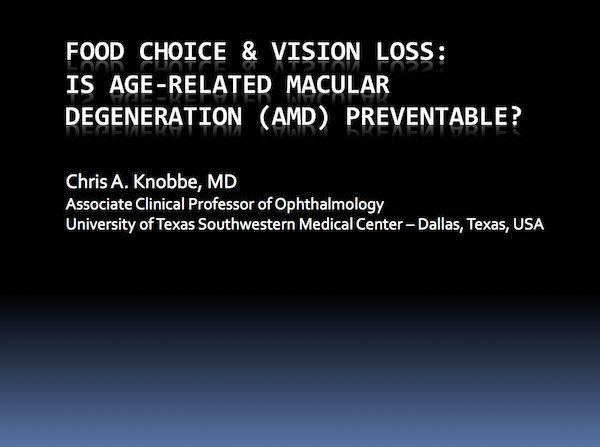
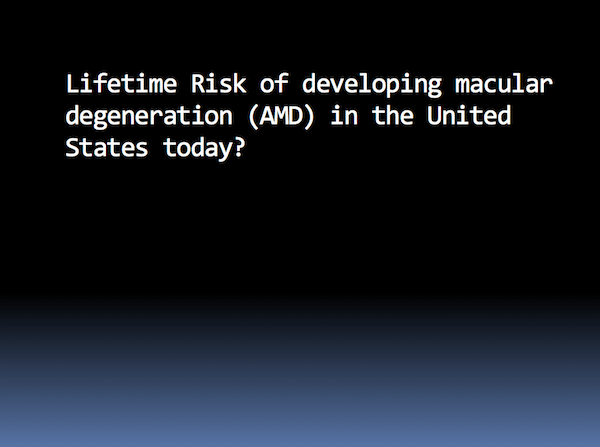
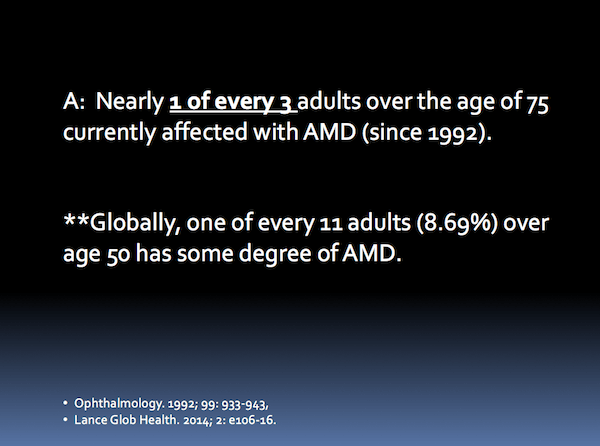
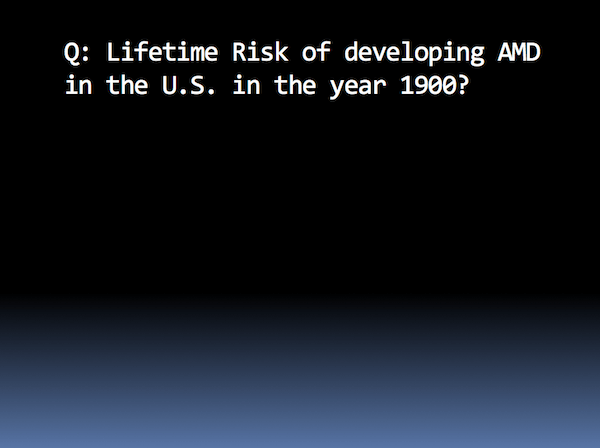
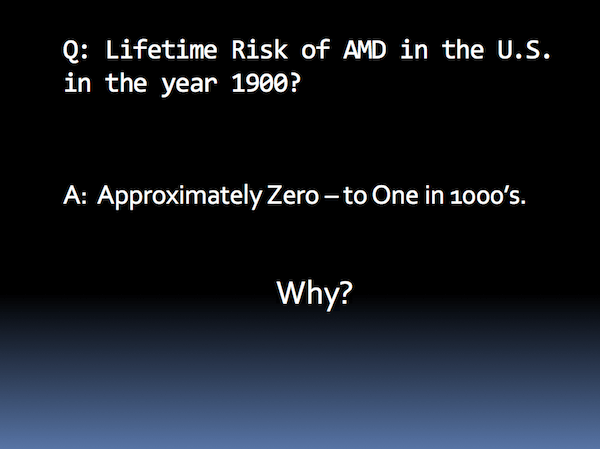
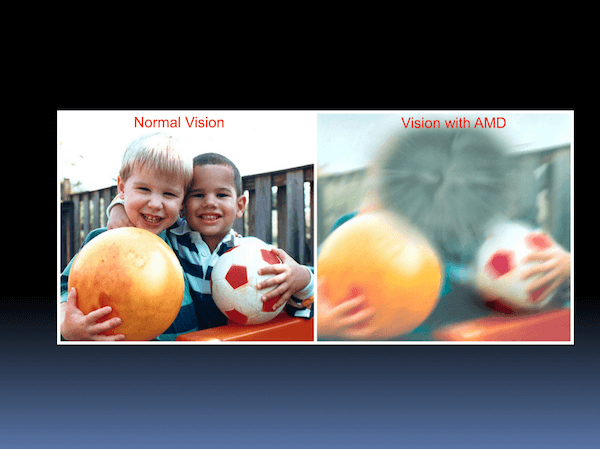
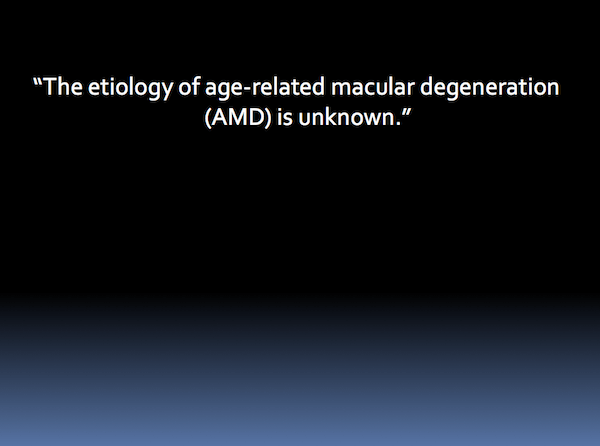
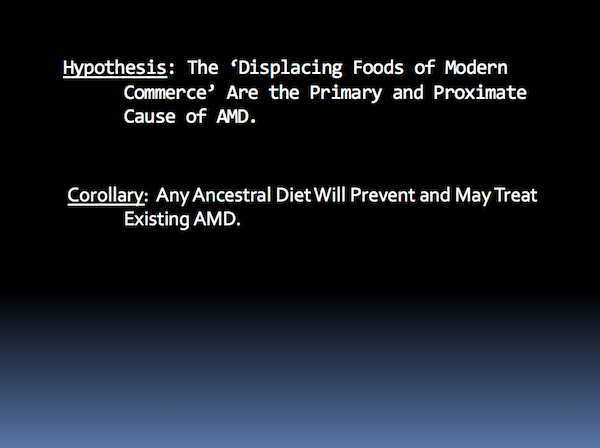
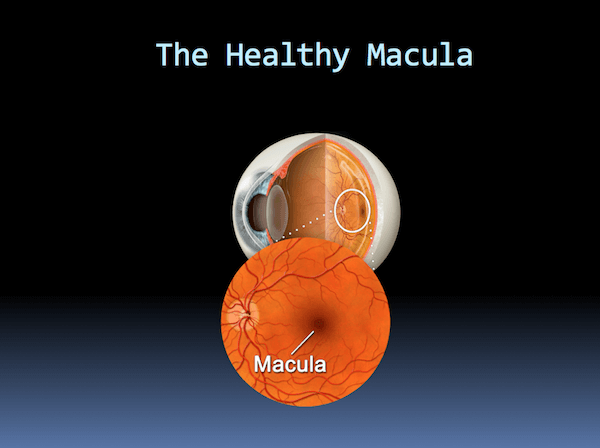
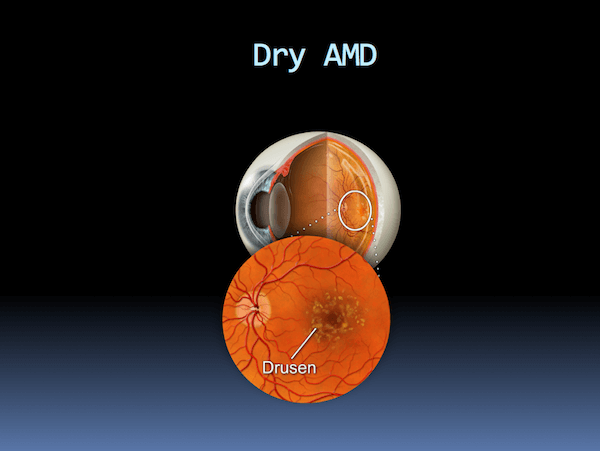
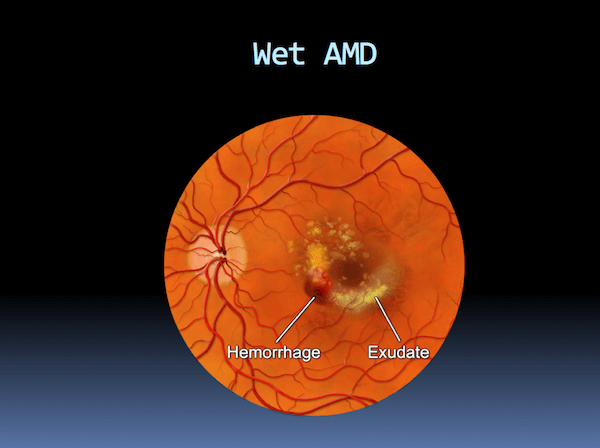
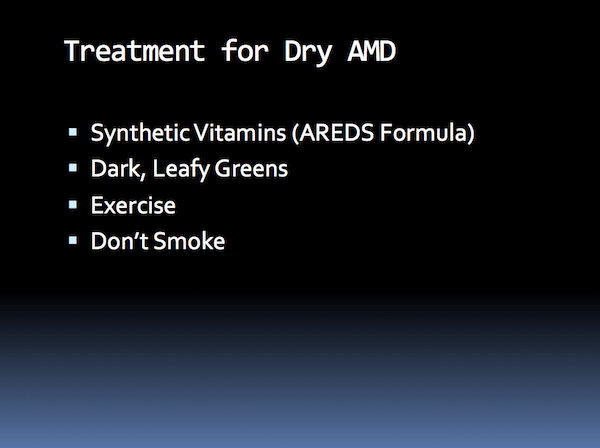
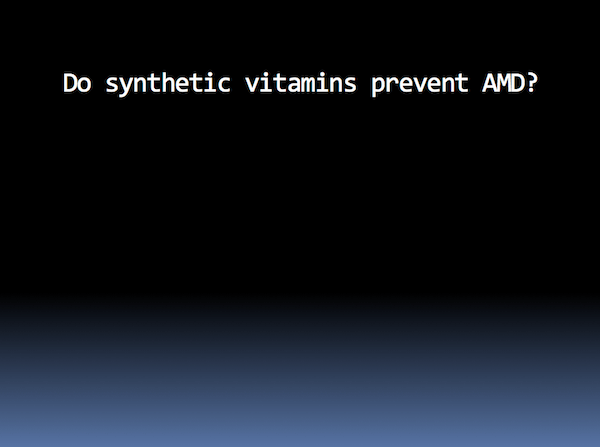
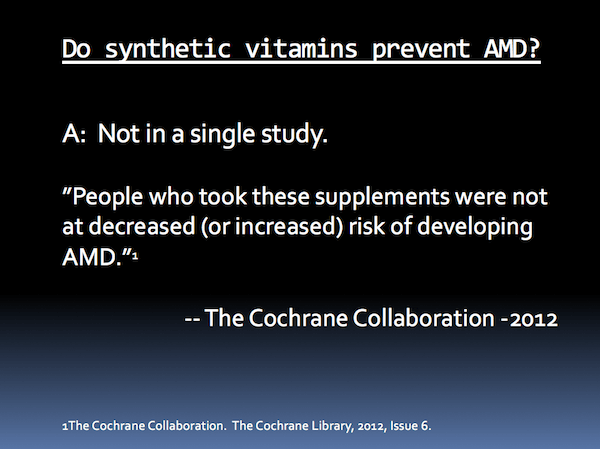
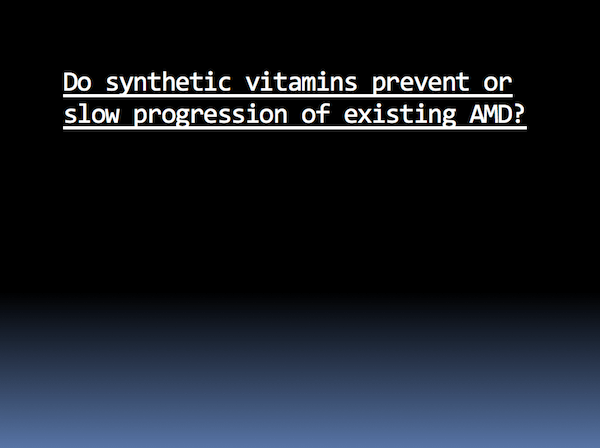
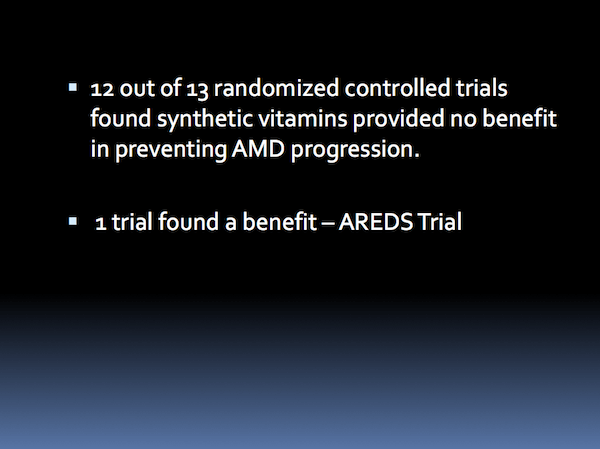
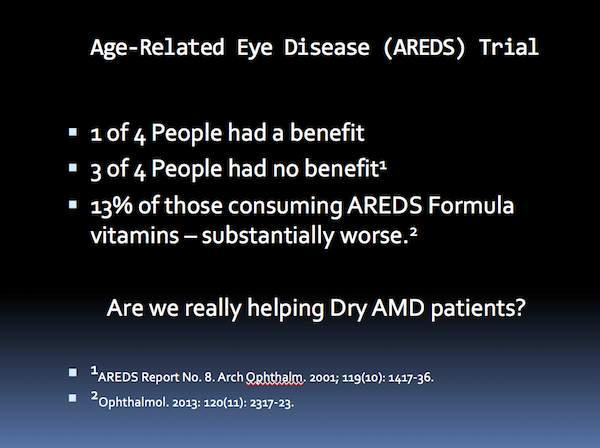
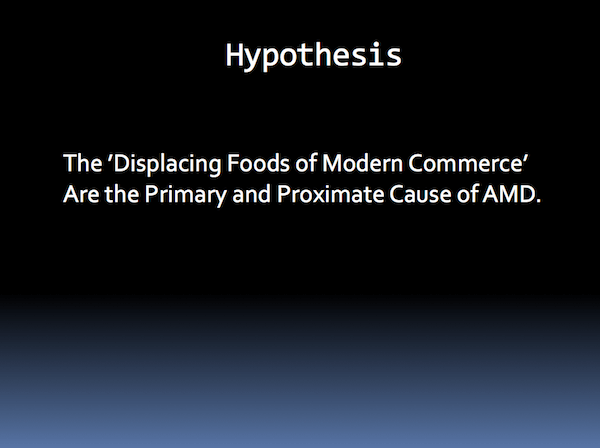




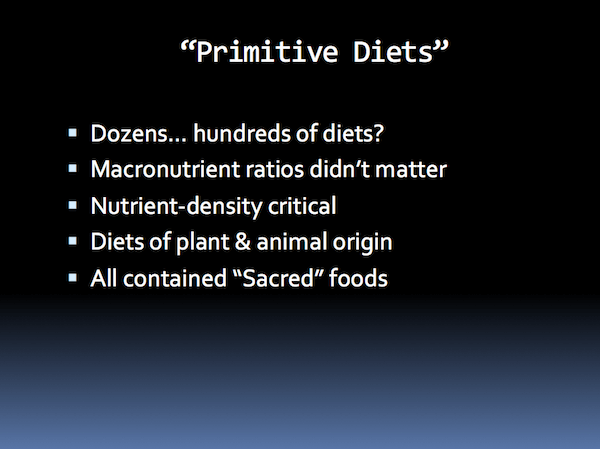
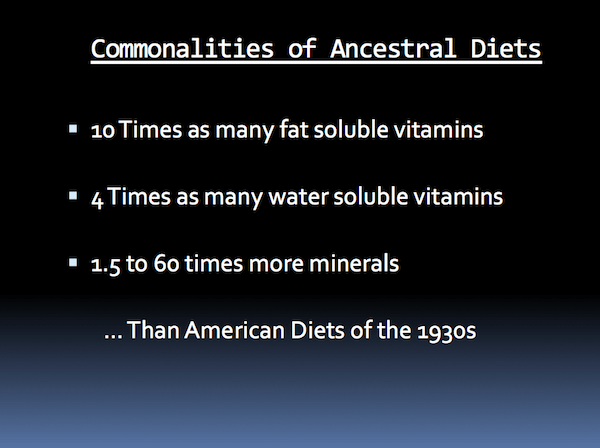
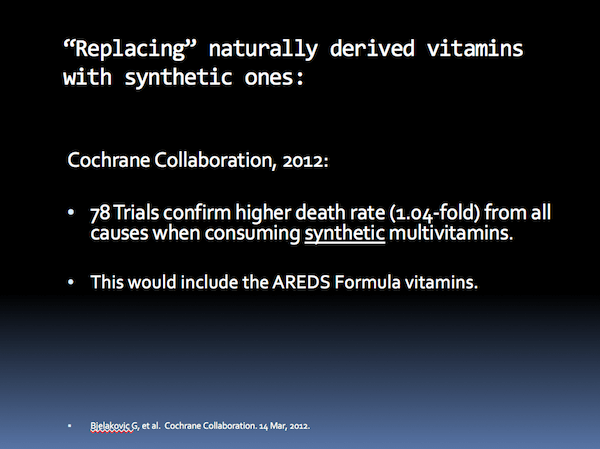
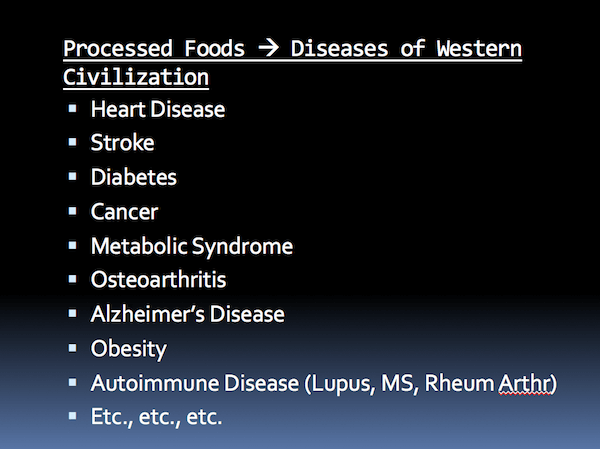
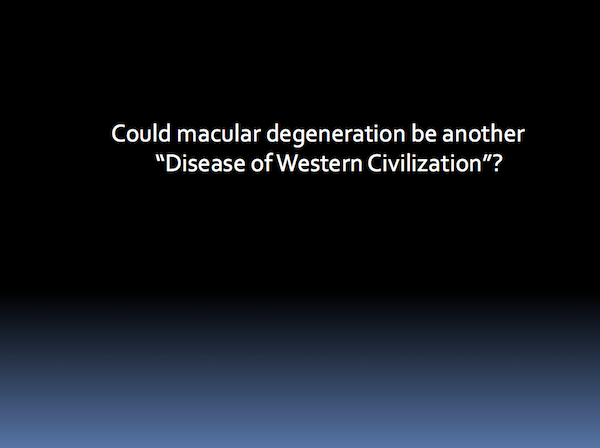
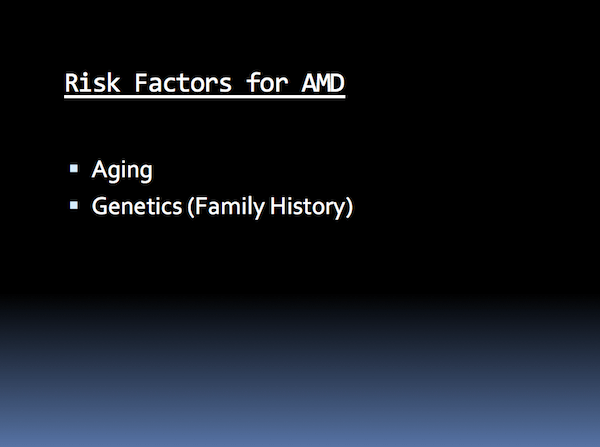
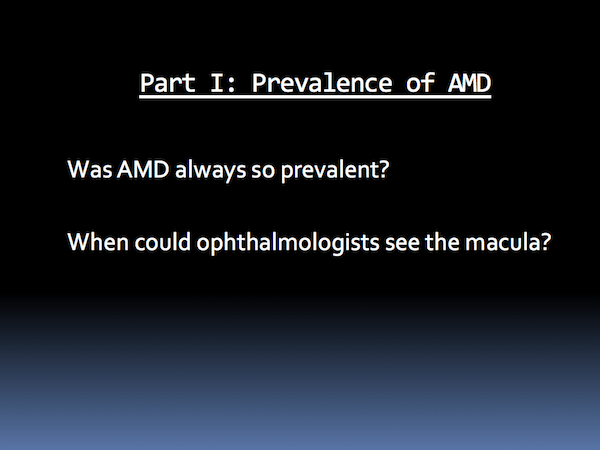

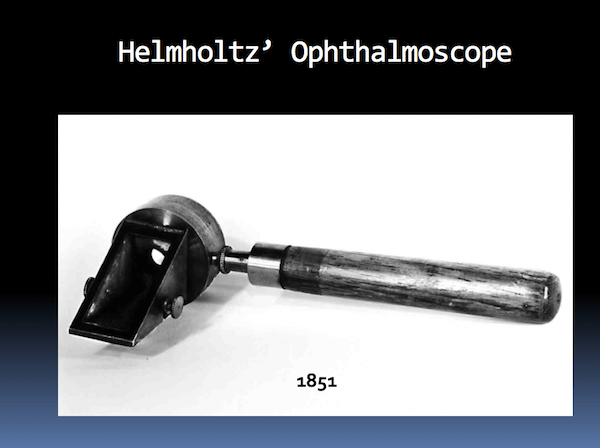
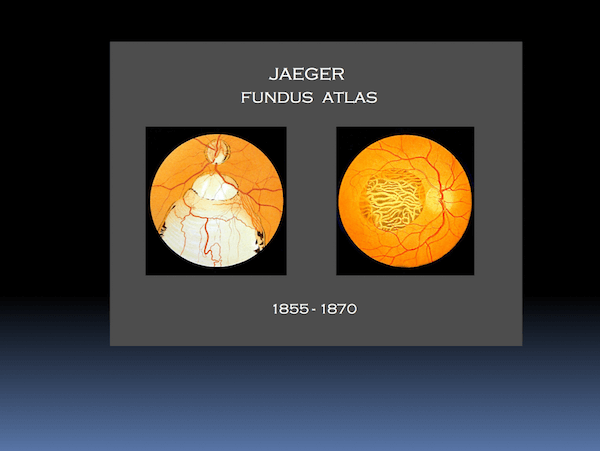

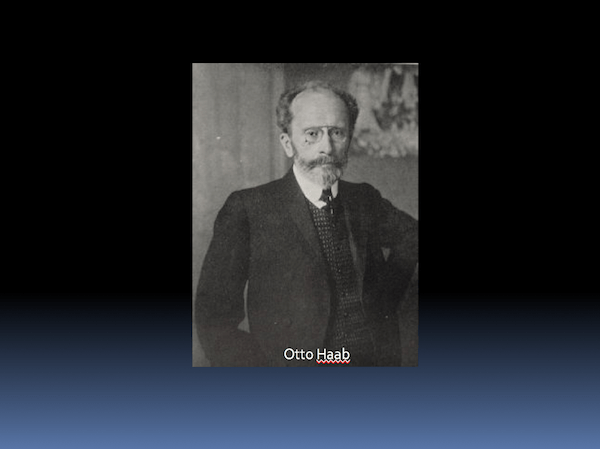

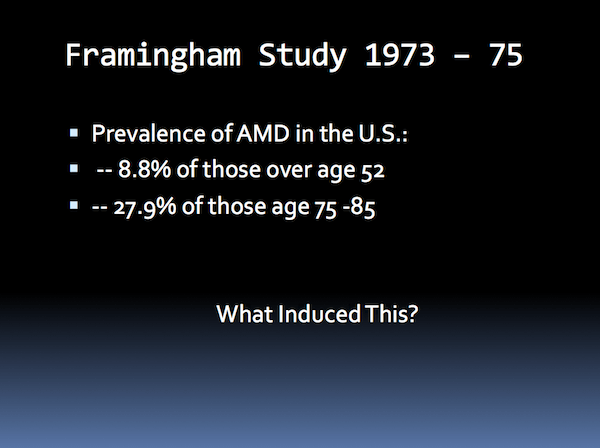

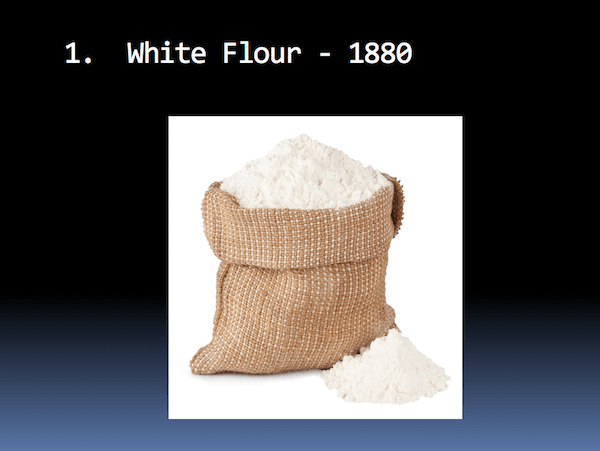

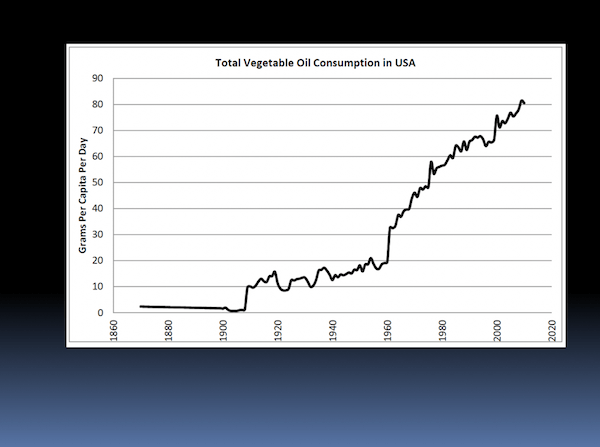
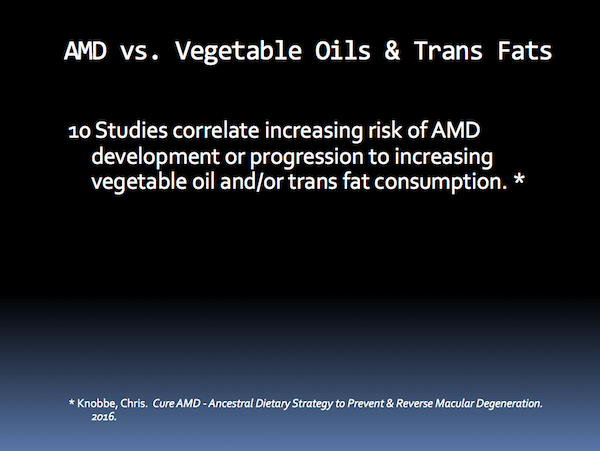
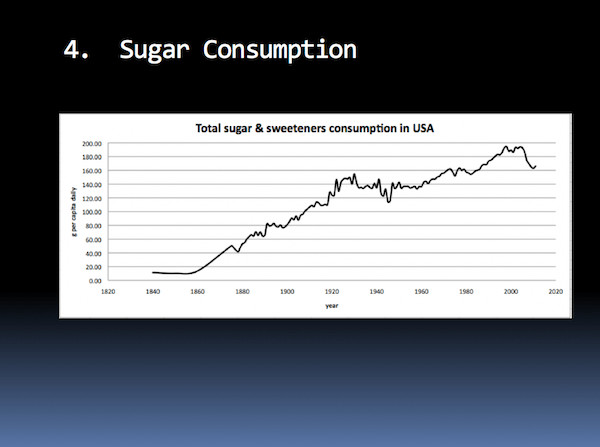
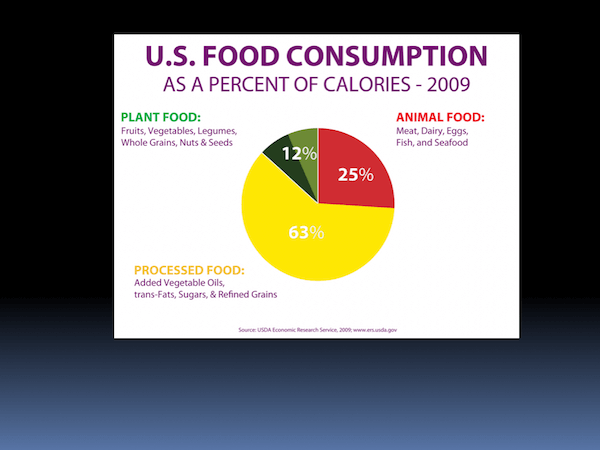
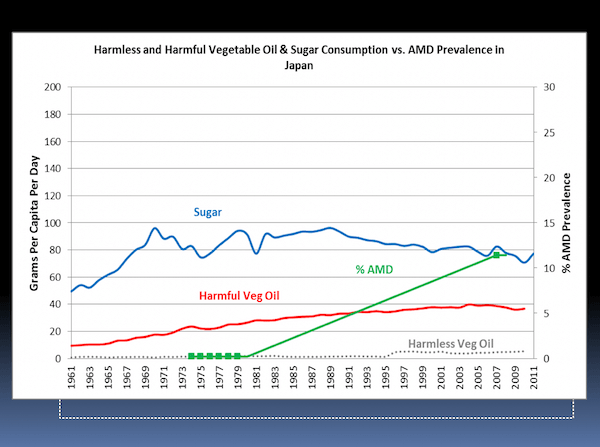
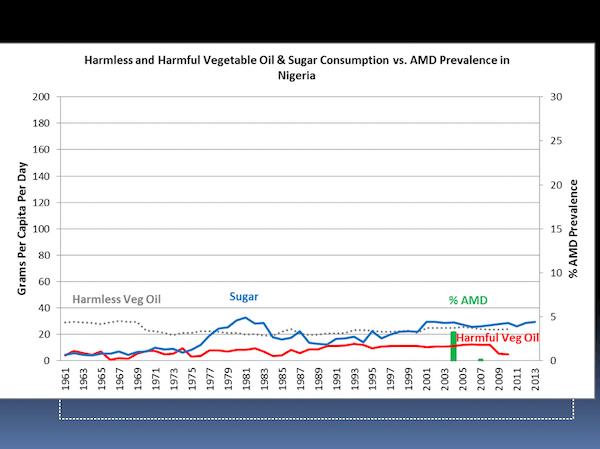
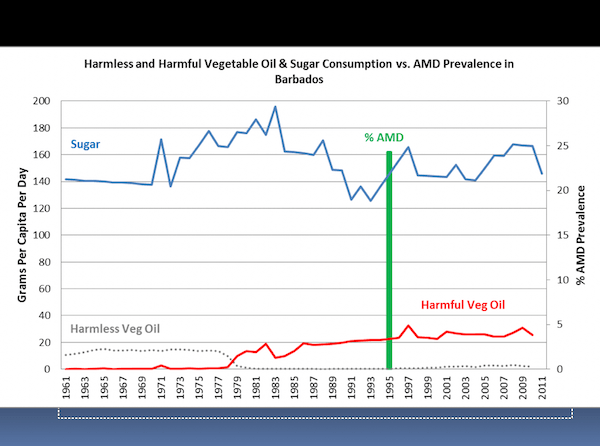
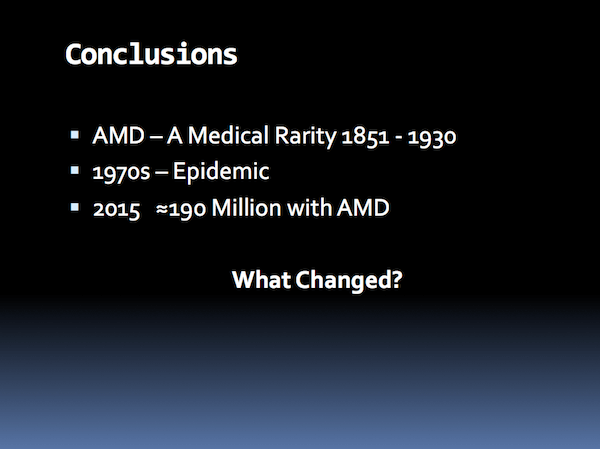
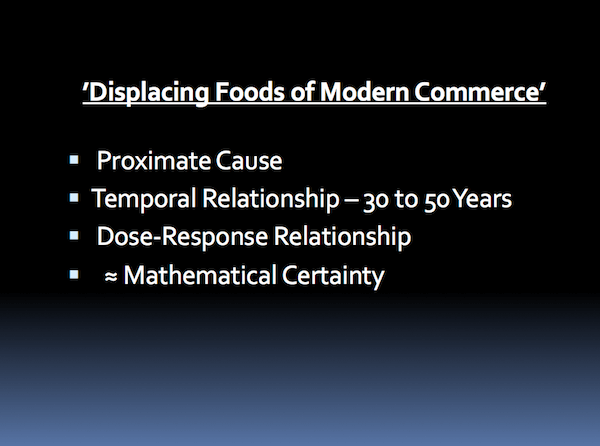

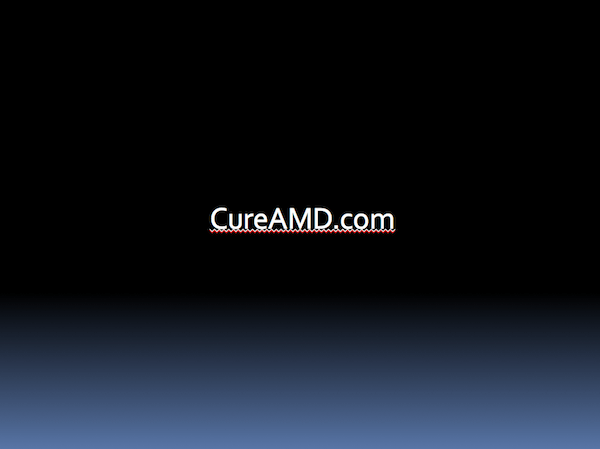
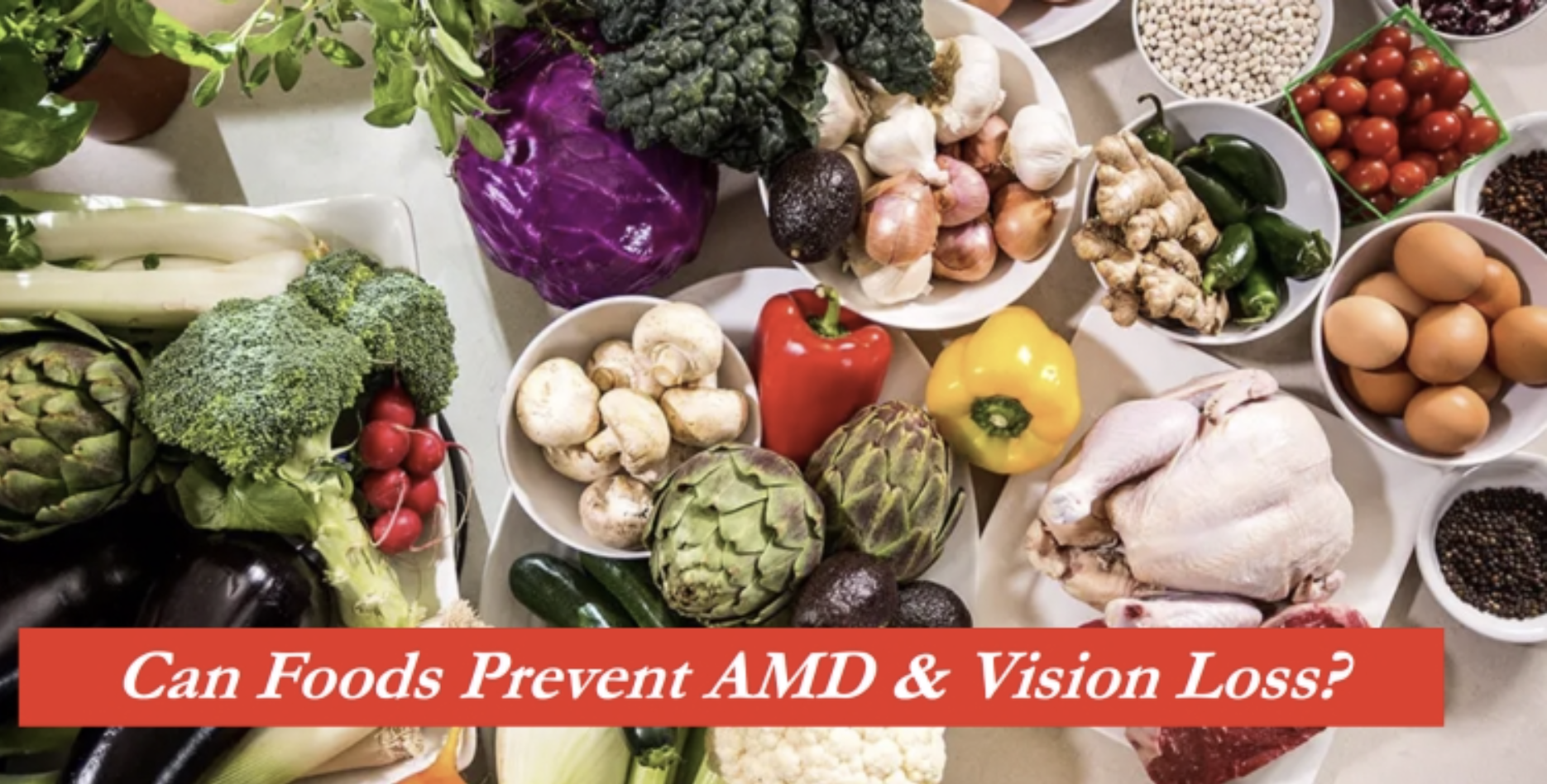

Recent Comments